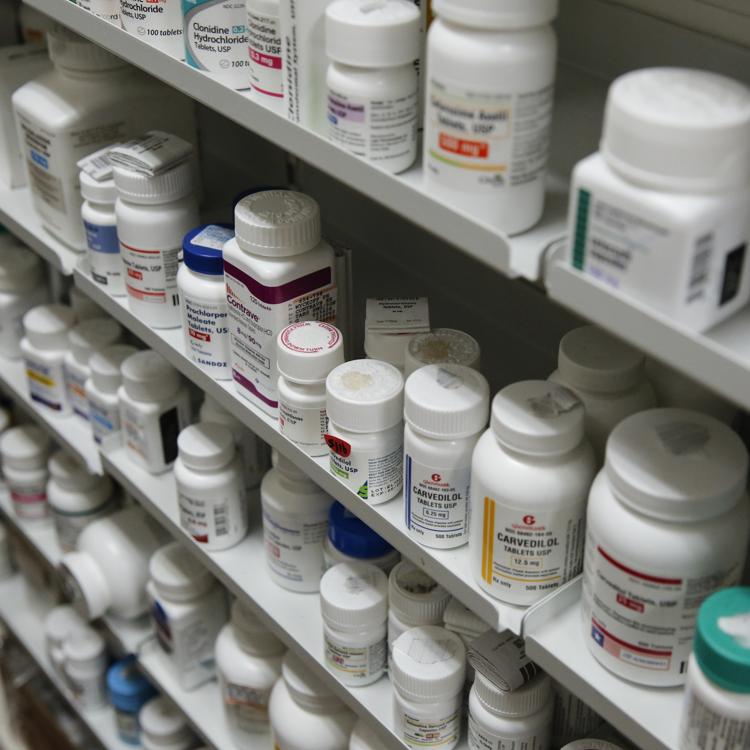

When the Trump administration released its blueprint for coping with high drug costs last month, one particular idea was widely derided: requiring drug makers to include list prices in consumer advertising.
That’s because drug pricing is highly confusing and few people actually pay list prices. Nonetheless, the White House seems to believe that such transparency could force companies to compete on price.
Whether this is correct remains to be seen, but for the moment, most Americans like the idea.
To wit, 76 percent of them favor the notion. Moreover, there is bipartisan support: 83 percent of Democrats, 73 percent of independents, and 72 percent of Republicans lined up behind it, according to a new poll of nearly 1,500 people conducted earlier this month by the Kaiser Family Foundation.
As the Trump administration sees it, requiring drug makers to advertise their prices makes sense because consumer advertising is designed to encourage patients to discuss medicines with their doctors. And theoretically, those talks are likely to encompass some mention of price and affordability.
Not surprisingly, the poll also found that 14 percent of those who read or saw ads did, indeed, talk to their doctor about an advertised drug. And significantly, of those who spoke to their doctor about a specific drug, 55 percent reported that their doctor prescribed the drug they asked about.
Unfortunately, though, there were no follow-up questions in the Kaiser poll to explain why the vast majority of those surveyed support the proposal.
So we contacted a few folks who pay attention to pharmaceutical marketing to ask their thoughts.
“This is ridiculous,’’ said Richard Meyer, a former Eli Lilly executive and now an industry consultant who writes The World of DTC Marketing blog.
“The list price has very little to do with the actual price they and their insurer pay for the drug. To me, it shows how little the public knows about drug pricing and how confusing it is. In my research, what patients really want to know is (if the drug) is covered by my insurance and what’s my copay?’’
One possible explanation: The public considers this as an opportunity to force drug companies to do something they don’t want to do, according to John LaMattina, a former head of R&D at Pfizer and now a senior partner at PureTech Health, a venture capital firm.
“It’s definitely an unexpected finding. I’m not sure how to interpret it. But people are just so negative about the pharmaceutical industry these days that you begin to think that anything that will cause them to suffer pain is a good thing,’’ he posited.
There’s a “built-in animosity right now,’’ agreed Dale Cooke of PhillyCooke Consulting, who works with drug makers on promoting their medicines.
“But whatever anyone thinks of it, I don’t see that mechanism working. It’s completely worthless, because it has zero informational value. Companies won’t determine pricing based on numbers in an ad campaign, but on what payers are willing to pay.
“It’s just foolhardy,’’ he said.
Ed Silverman can be reached at ed.silverman@statnews.com. Follow him on Twitter @Pharmalot. Follow Stat on Twitter: @statnews.



